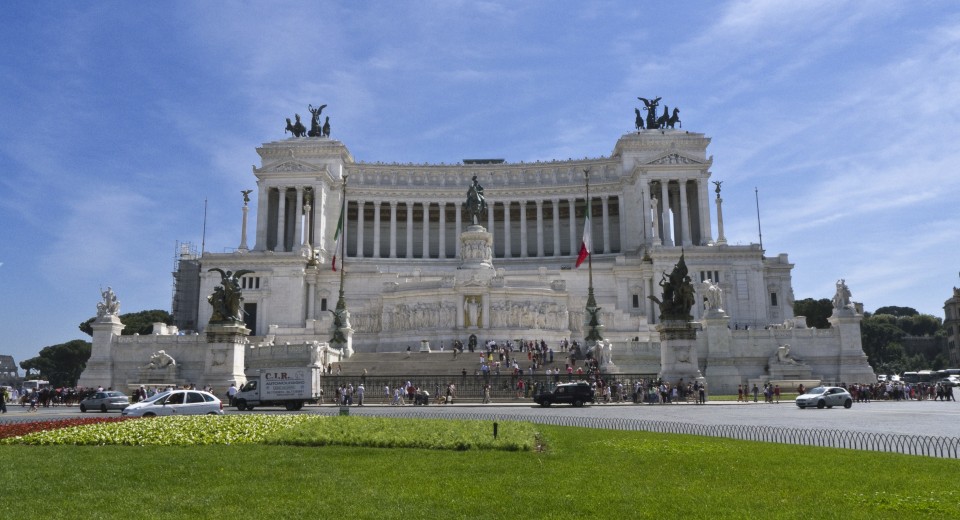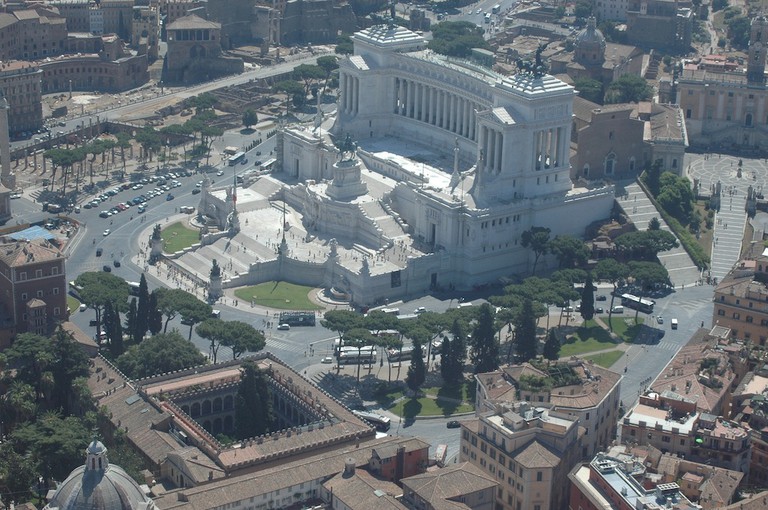Victor Emmanuel II died on 9 January 1878. He was the last King of Sardinia (1849-1861) and the first king of a united Italy (1861-1878). His name is connected to major Italian landmarks, such as the Vittoriano in Rome and the Galleria Vittorio Emanuele in Milan.
The Vittoriano was designed by the architect Giuseppe Sacconi, winner of the competition banished in 1884. For the erection of this massive building – designed to recall the temple of Athena Nike in Athens, a large area of the Capitoline Hill with a medieval neighborhood was destroyed. The monument was inaugurated in 1911, on the fiftieth anniversary of the unification of Italy, and completed in 1925. Critics rained down on the Vittoriano since the very beginning: many viewed it as symbolic of the monarchy’s failure to capture the hearts of Italians. In 1931, the futurist painter Ardengo Soffici even called for its demolition. Today, it incorporates the Museo del Risorgimento.
Between 1865 and 1877, while Victor Emmanuel II was still alive, Giuseppe Mengoni designed the Galleria Vittorio Emanuele II. The structure consists of two glass-vaulted arcades intersecting in an octagon covering the street connecting Piazza del Duomo to Piazza della Scala. It is one of the world’s oldest shopping malls.
Further reading: G. S. Godkin, Life of Victor Emmanuel II, First King of Italy, Leopold Classic Library: 2016.
Antonio Dugoni, Portrait of Vittorio Emanuele II, 1866, oil on canvas, Galleria dell’Arte Moderna, Palazzo Pitti, Florence.
Vittoriano, Rome.
Galleria Vittorio Emanuele II, Milan.



